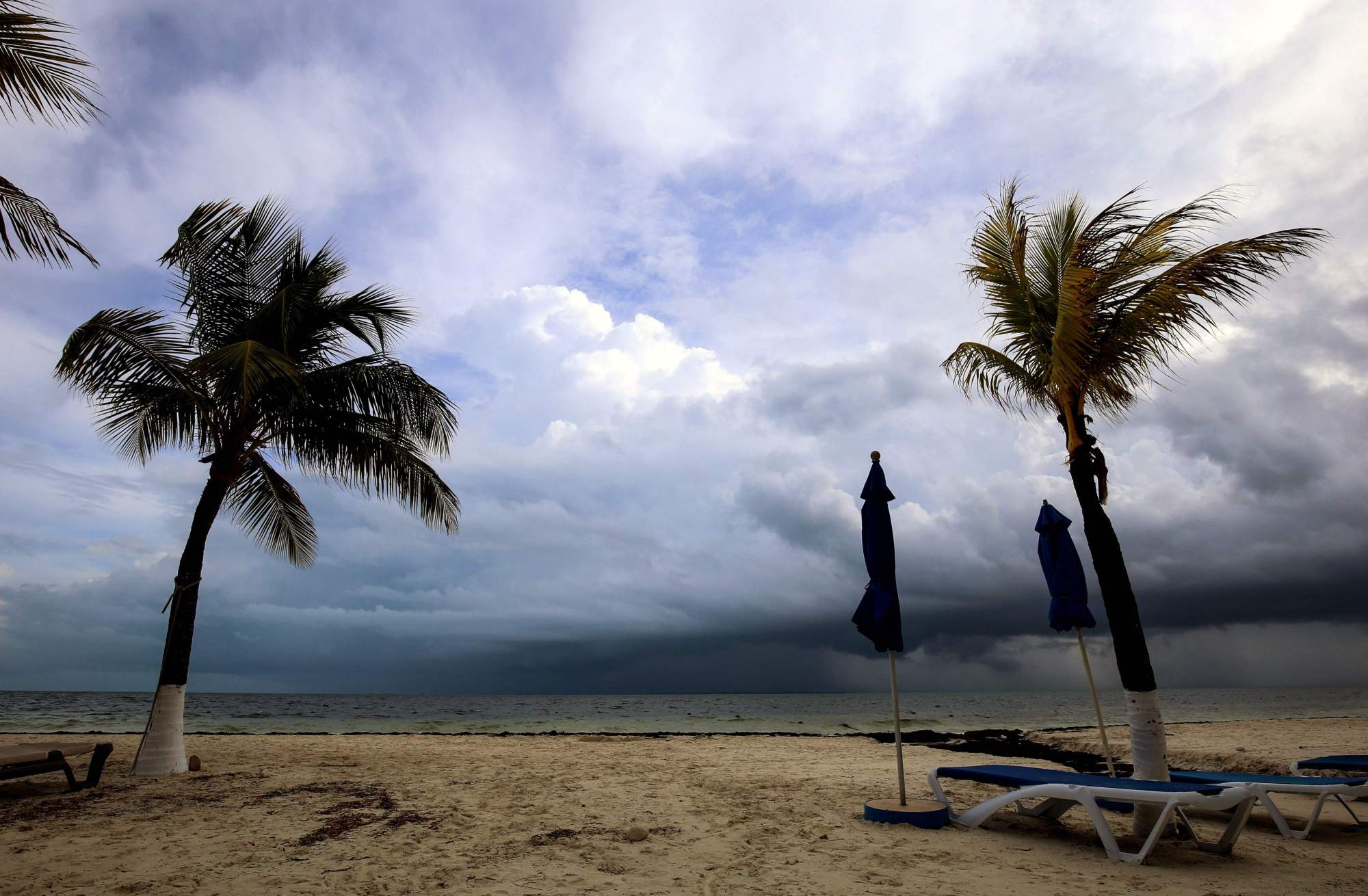Hurricane Nate may strengthen on Saturday, threatening to hit the U.S. central Gulf Coast with strong winds and storm surges after it killed at least 25 people in Central America.
New Orleans evacuated some residents from areas outside its levee system as Nate, a Category 1 hurricane, the weakest on a five-category scale used by meteorologists, churned toward the central Gulf of Mexico.
"Nate is at our doorstep or will be soon," New Orleans Mayor Mitch Landrieu said, adding that the winds could cause significant power outages, and storm surges are projected to be six to nine feet (1.8 to 2.7 meters) high.
"We have been through this many, many times. There is no need to panic," Landrieu told a news conference.
The storm brushed by Mexico's Yucatan Peninsula, home to beach resorts such as Cancun and Playa del Carmen, as it headed north, the U.S. National Hurricane Center (NHC) in Miami said.
With maximum sustained winds of 80 mph (130 kph), Nate was about 345 miles (550 km) south-southeast of the Mississippi River and expected to strengthen before it makes landfall, the NHC said.
A state of emergency was declared for 29 Florida counties and also in the states of Alabama, Louisiana and Mississippi, as well as New Orleans, which was devastated by Hurricane Katrina in 2005.
The NHC issued a hurricane watch from Grand Isle, Louisiana, to the Alabama-Florida border.
"By Saturday noon you should be in your safe place," Alabama Gov. Kay Ivey told a news conference. "This is a fast-moving storm and we must begin preparing now."
On Saturday morning, Nate was moving north-northwest at 22 mph (35 kph), a fast pace which if maintained could mean the storm does less damage when it hits land.
On Thursday the storm doused Central America with heavy rains, killing at least 12 people in Nicaragua, nine in Costa Rica, two in Honduras and two in El Salvador.
Thousands were forced to evacuate their homes and Costa Rica's government declared a state of emergency.
Costa Rican President Luis Guillermo Solis urged residents to remain vigilant, noting rains will likely resume.
In Honduras, residents wondered whether they would have to flee. Norma Chavez and her two children anxiously watched a river rise outside their home in Tegucigalpa, the capital.
"We are worried that it will grow more and carry away the house," said Chavez, 45.
Through Monday, Nate is expected to produce two to four inches (5 to 10 cm) more rain in eastern Yucatan and western Cuba and three to six inches (8 to 15 inches) in the U.S. central Gulf Coast.
About 71 percent of U.S. Gulf of Mexico oil production and 53 percent of natural gas output is offline ahead of Nate's arrival, the U.S. Department of the Interior's Bureau of Safety and Environmental Enforcement (BSEE) said Friday.
Oil companies have evacuated staff from 66 platforms and 5 drilling rigs, it said. Oil production equaling 1.24 million barrels of crude per day is offline, according to BSEE.




















With your current subscription plan you can comment on stories. However, before writing your first comment, please create a display name in the Profile section of your subscriber account page.